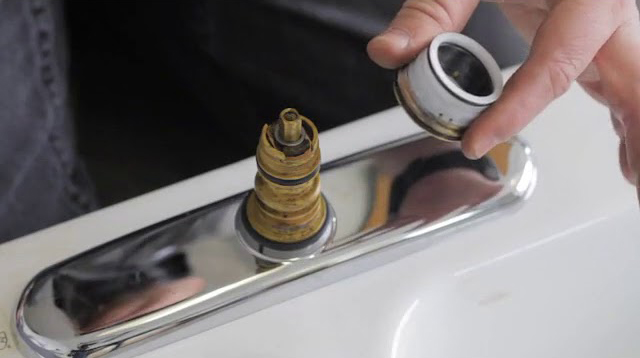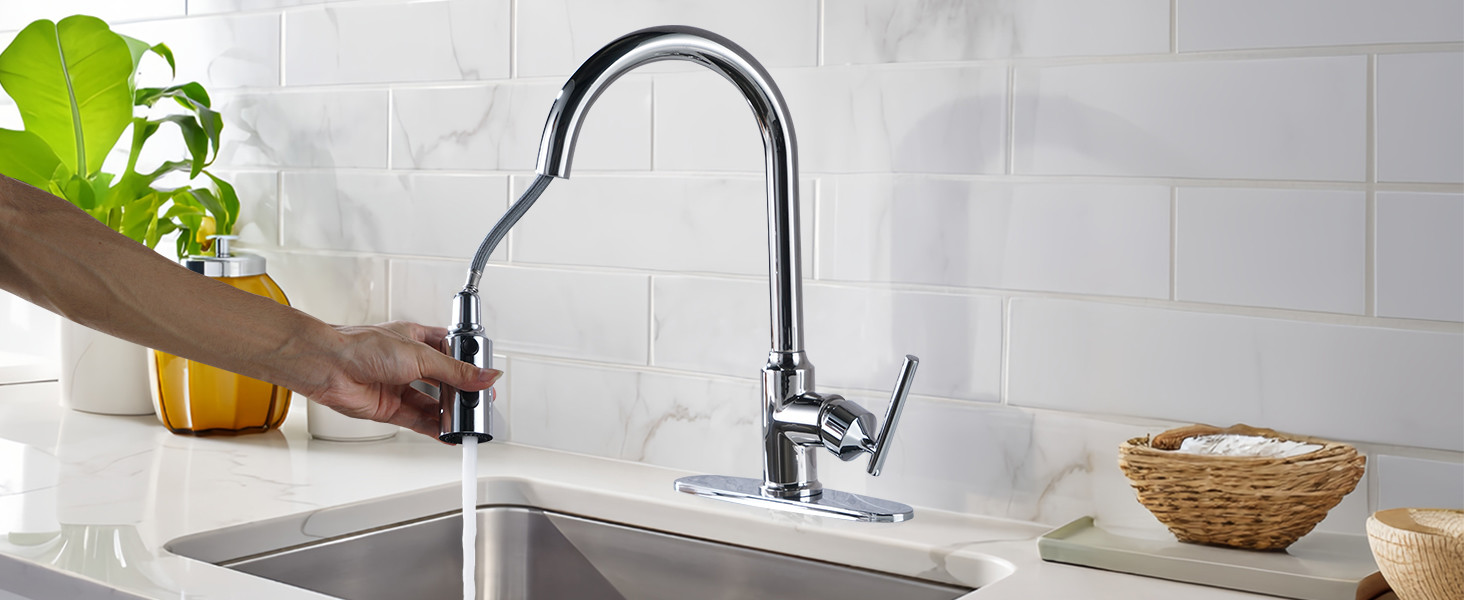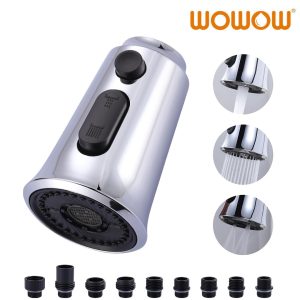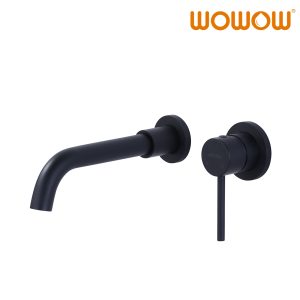
When it comes to plumbing fixtures, faucets are an essential part of any home, providing convenience and function for daily tasks like washing hands, cooking, and cleaning. However, there are a number of specialized features that can enhance a faucet’s performance, one of which is the faucet diverter. Whether you’re replacing an old faucet, upgrading your bathroom, or designing a new kitchen or bath, understanding how a faucet diverter works and why it might be useful can help you make more informed choices.
What Is a Faucet Diverter?
A faucet diverter is a plumbing mechanism designed to direct the flow of water from one outlet to another. Most commonly, it is found in tub and shower faucets. The diverter allows you to switch between a bathtub faucet and a showerhead, ensuring that water flows to the desired location. This can be especially useful when you have a combination tub-shower setup.
While diverters are often seen in shower and tub faucets, they can also be used in kitchen faucets, typically to switch between a standard stream of water and a spray function, offering flexibility for various tasks.
Types of Faucet Diverters
There are several types of faucet diverters, each designed to serve a specific function and suit different setups. The three main types of diverters are:
Tub Spout Diverters: These are integrated directly into the tub spout. They have a lever or knob that you pull up or push down to divert water to the showerhead. When the diverter is engaged, water will flow out of the showerhead rather than the tub faucet. This is one of the most common types found in older homes with bathtub-shower combinations.
Separate Diverter Control: In more modern plumbing systems, especially in separate tub and shower setups, a diverter control may be located as a separate knob or lever next to the main faucet controls. This diverter directs water flow between the tub spout and the showerhead. This configuration provides better control over water temperature and flow as each function has its own control, allowing more precise adjustments.
Single-Lever Diverters: In faucets that combine hot and cold water into one lever, a single-lever diverter can switch between functions (such as between the main faucet and a pull-out spray hose) with a simple flip or twist of the lever.
Each of these diverters serves the same basic purpose: to divert water from one location to another, but the way they operate and the specific applications can vary.
How Does a Faucet Diverter Work?
The basic principle behind how a faucet diverter works is relatively simple: it’s a mechanism that redirects water from one outlet to another, but the specifics depend on the type of diverter and the plumbing system it is part of.
Water Flow Control: When you turn on your faucet, water enters the system under pressure from the plumbing pipes. The diverter is built into the faucet system and controls whether the water flows to the tub spout, the showerhead, or in the case of a kitchen faucet, the spray nozzle.
Switching Flow Direction: Depending on the type of diverter, water can either be diverted with a pull-up lever, a twist of a knob, or with a separate control that directs the flow. In the case of a tub spout diverter, when you pull up the lever, the diverter redirects water to the showerhead. In a setup with separate controls, you would turn the diverter to select the desired outlet.
Pressure and Temperature: In more advanced diverter designs, the diverter also plays a role in managing the pressure and temperature of the water flow. With separate diverters for hot and cold water, you can better balance the temperatures when switching between outlets.
Mechanical Function: The diverter works by physically blocking one outlet and allowing the water to flow through another. Inside the diverter mechanism, there is usually a simple valve or sliding plate that blocks off the original outlet when switched on and opens the second outlet.
Benefits of Using a Faucet Diverter
Faucet diverters offer several key benefits that make them a popular choice for both homeowners and designers:
Convenience: The most significant benefit is the convenience of being able to switch the flow of water without having to adjust multiple valves or controls. In a bathtub setup, the diverter allows users to easily transition from the tub to the shower, and vice versa, without fiddling with separate faucets.
Space-Saving: By combining the faucet and diverter in one unit, you save space in your bathroom or kitchen. This is especially useful in smaller bathrooms or kitchens where every inch counts. Instead of having two separate faucets for the tub and the shower or sink and spray nozzle, a diverter simplifies the system.
Cost-Effective: A faucet with a built-in diverter is often more affordable than purchasing separate controls for each function. Additionally, installing a diverter system is typically easier and less costly than running additional plumbing lines.
Water Efficiency: Diverters can help you conserve water by directing flow exactly where it’s needed. This is particularly noticeable in tub and shower systems where water can be easily wasted if you forget to switch off the showerhead when using the tub.
Improved Functionality: In kitchens, diverters can switch between a standard faucet stream and a pull-out spray hose. This is perfect for washing dishes or filling large pots, offering added flexibility and control.
When Should You Consider a Faucet Diverter?
A faucet diverter is an excellent addition to any plumbing system that uses multiple water outlets. Some specific scenarios in which a faucet diverter is especially beneficial include:
- Bathtub and Shower Combo: If you have a tub with an overhead showerhead, a diverter makes it easy to switch between the two outlets without needing to adjust water flow at two separate faucets.
- Kitchens with Spray Faucets: If you regularly need to switch between a standard faucet stream and a spray nozzle, a diverter adds ease and convenience to kitchen tasks.
- Upgrading Fixtures: When updating or remodeling your bathroom or kitchen, incorporating a diverter faucet can enhance functionality and aesthetics.
Conclusion
Faucet diverters are often overlooked but are incredibly functional and versatile fixtures in many kitchens and bathrooms. Whether you are upgrading your current setup or looking for better ways to control water flow in a multi-use sink or tub, understanding how a faucet diverter works and the benefits it offers will help you make an informed decision. With their ability to improve convenience, water efficiency, and overall functionality, faucet diverters are a simple addition that can elevate your space’s performance and style.
 WOWOW Faucets
WOWOW Faucets







您好!Please sign in